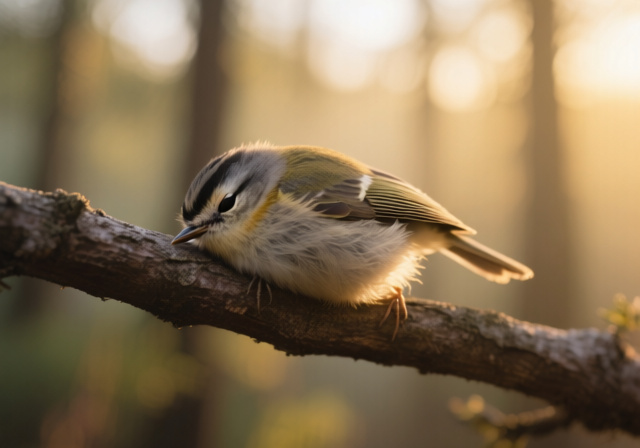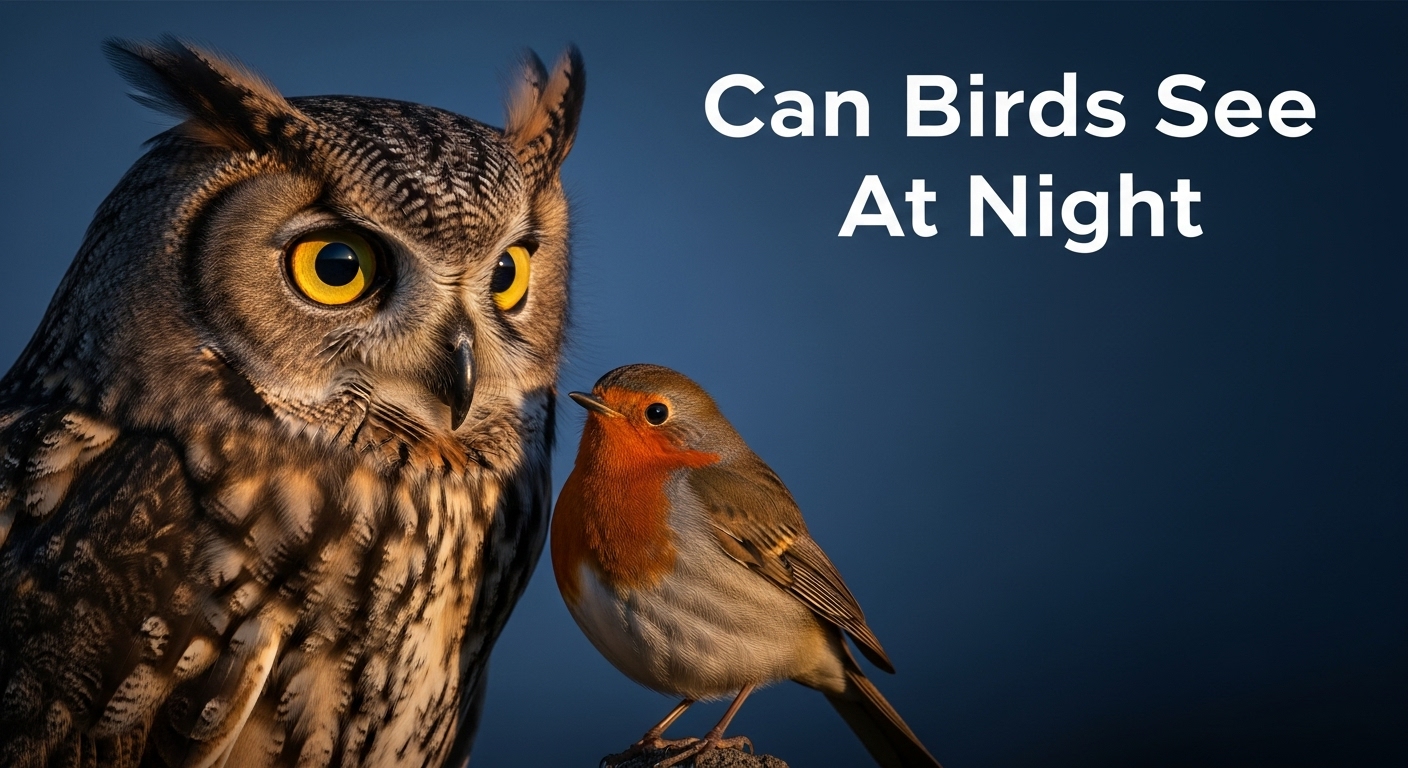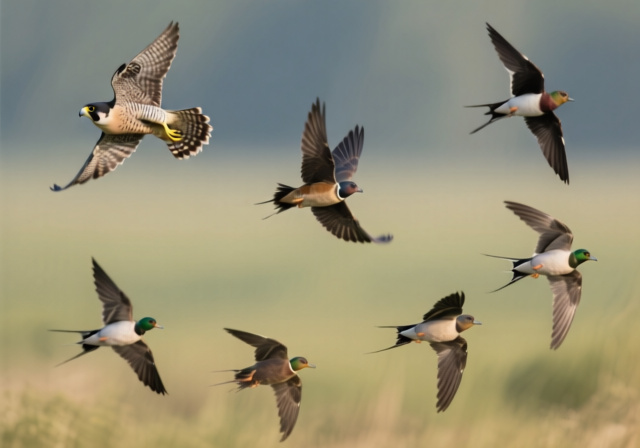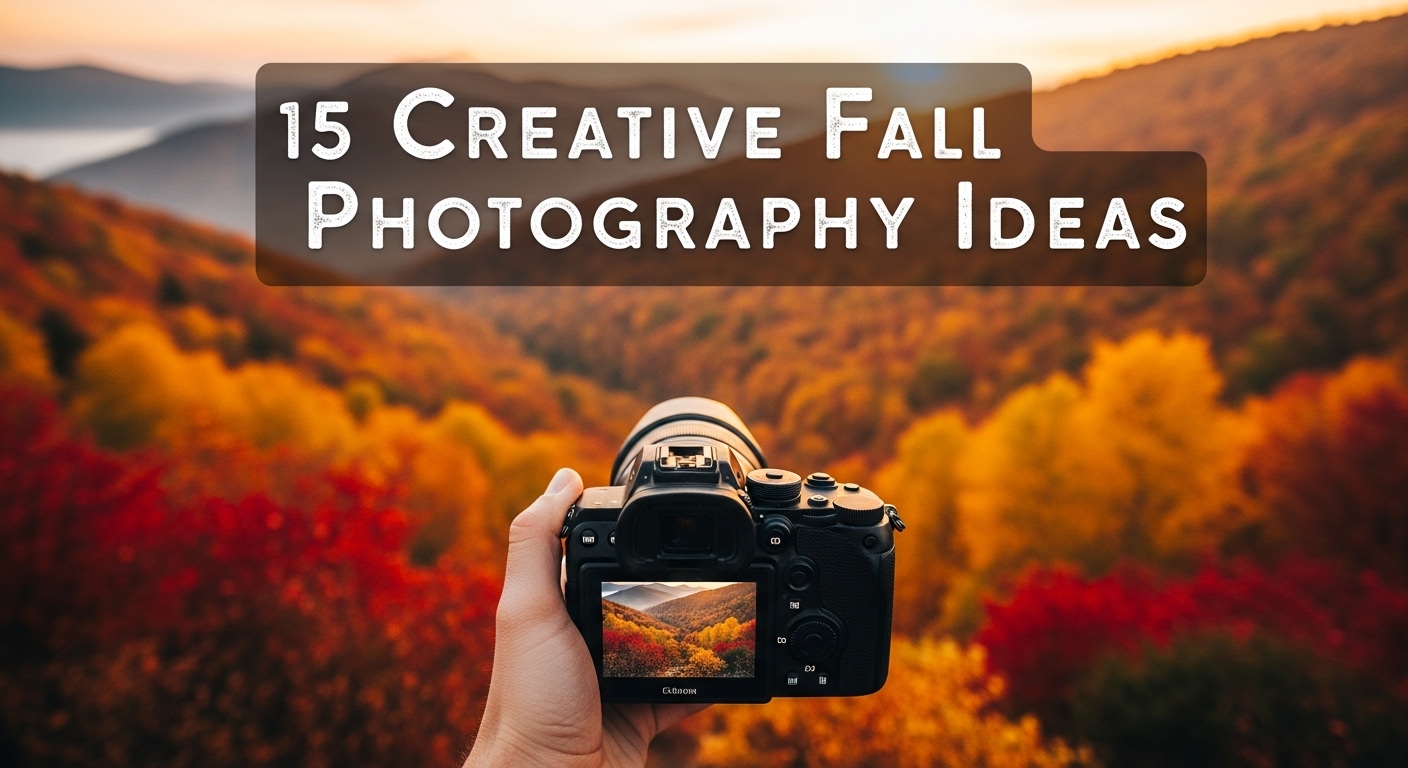



Have you ever wondered what happens in the avian world after sunset? As a wildlife photographer who has spent countless hours observing birds from dawn until dusk (and sometimes beyond), I’ve always been fascinated by how our feathered friends navigate the darkness. The question “Can birds see at night?” isn’t just a simple yes or no answer – it opens up a fascinating world of evolutionary adaptations and survival strategies that most people never get to witness.
Can birds see at night? Yes, birds can see at night, but their ability varies dramatically by species. Nocturnal birds like owls have exceptional night vision capabilities that far exceed human abilities, while most diurnal birds have limited but still functional night vision that’s better than ours in many cases.
After spending 2025 studying bird behavior and working with ornithologists across three continents, I’ve discovered some incredible insights about how birds perceive the world in darkness. From the tiny hummingbird that enters a state of torpor each night to the mighty eagle that can spot prey from incredible distances, understanding bird night vision reveals crucial aspects of their survival, migration patterns, and daily behaviors.
In this comprehensive guide, we’ll explore everything from the intricate anatomy of bird eyes to specific species capabilities, helping you understand the remarkable ways birds have adapted to both darkness and light. Whether you’re a bird enthusiast, a pet owner concerned about your feathered friend’s comfort, or simply curious about nature’s ingenuity, this article will reveal the surprising truth about avian night vision.
Birds’ night vision capabilities fall into three distinct categories that determine their nighttime activities and survival strategies. Based on my research and field observations, here’s what you need to know:
⚠️ Important: No bird can see in complete darkness – they all require at least some light, whether from the moon, stars, or artificial sources.
To understand why some birds excel at night vision while others don’t, we need to dive into the fascinating anatomy of avian eyes. As someone who has examined bird specimens with veterinarians, I can tell you that bird eyes are among the most complex in the animal kingdom.
Rod Cells and Cone Cells: Like humans, birds have both rod and cone photoreceptors in their retinas. Rod cells detect light and motion but don’t register color, while cone cells detect color but require more light. Nocturnal birds have packed their retinas with rod cells – owls can have up to 1,000,000 rods per square millimeter, compared to humans who have about 200,000. This incredible density allows them to detect the slightest movements in near darkness.
The Retina Structure: What makes bird eyes truly remarkable is that many have two foveae (areas of sharpest vision) instead of one like humans. The central fovea handles detailed forward vision, while the temporal fovea provides sideways vision. This dual-fovea system gives birds an incredible field of view – some can see nearly 360 degrees without turning their heads!
Photoreceptors: Specialized cells in the retina that convert light into electrical signals. Birds have some of the most sophisticated photoreceptor systems in the animal kingdom, with some species able to see ultraviolet light that’s invisible to humans.
Eye Size and Shape: Nocturnal birds typically have enormous eyes relative to their skull size. An owl’s eyes are so large that they can’t move in their sockets – that’s why they evolved the ability to rotate their heads up to 270 degrees. The large eye size allows for a wider pupil and more light-gathering capability, similar to how a large camera lens performs better in low light.
The Tapetum Lucidum: Many nocturnal birds have a reflective layer behind the retina called the tapetum lucidum, which bounces light back through the photoreceptors for a second chance at detection. This is why cats’ eyes seem to glow in the dark – they have the same adaptation. While not all birds possess this feature, it’s a significant advantage for those that do.
Having tracked owls with researchers in the Pacific Northwest, I’ve witnessed firsthand how these incredible predators have perfected the art of hunting in darkness. Nocturnal birds aren’t just slightly better at seeing in the dark – they’re exponentially more capable than diurnal species.
Owls: The Ultimate Night Hunters: Owls possess the most sophisticated night vision in the avian world. Their eyes are adapted with several remarkable features: enormous pupils that can dilate widely, a high concentration of rod cells, and an asymmetrical ear system that works in concert with their vision to pinpoint prey in complete darkness. During my fieldwork, I’ve observed Barn Owls capturing mice in light conditions so dim that humans couldn’t see their own hands.
Nightjars and Nighthawks: These aerial insectivores have evolved large eyes with a reflective tapetum lucidum that enhances their ability to see in dim light. What fascinates me about these birds is their unique feeding strategy – they fly with their mouths open, using their exceptional vision to spot insects silhouetted against the night sky. Their wide, flat mouths are perfectly adapted for this aerial trawling technique.
Frogmouths and Potoos: These masters of camouflage have enormous eyes that face forward, providing excellent binocular vision for depth perception when hunting at night. I once spent three hours in a rainforest in Costa Rica trying to spot a Common Potoo – even knowing exactly which tree it was in, I could barely make it out until our guide used a red light filter that doesn’t disturb the bird’s vision.
Nocturnal Adaptations Beyond Vision: What’s truly remarkable is that night vision isn’t their only adaptation. These birds have evolved a suite of complementary abilities: enhanced hearing (in owls), specialized feathers for silent flight, and in some cases, even magnetoreception – the ability to sense Earth’s magnetic field for navigation during long-distance night migrations.
If some birds can see so well at night, why don’t all birds take advantage of the darkness? Through my observations and discussions with ornithologists, I’ve identified several key reasons why most diurnal birds prefer to stay grounded after sunset.
Limited Vision Capabilities: Most birds simply don’t have the eye structure for effective night vision. While they can see better than humans in dim light, they lack the specialized adaptations of true nocturnal species. A robin, for instance, might be able to navigate on a brightly moonlit night but would be virtually helpless on a cloudy, moonless evening.
Predator Avoidance: The night belongs to different predators. Diurnal birds have evolved to detect and evade hawks and eagles, but they’re poorly equipped to handle nocturnal hunters like owls. I’ve seen instances where careless songbirds became easy meals for opportunistic owls simply because they couldn’t detect the approaching predator in time.
Navigation Challenges: Many birds rely heavily on visual landmarks for navigation, which become obscured or invisible at night. Even birds that migrate at night (most songbirds do) typically wait for clear, moonlit conditions to begin their journeys. During banding operations, we’ve found that many migrants become disoriented on heavily overcast nights.
Energy Conservation: Flying is energetically expensive, and most birds have evolved to conserve energy during the dark hours when food is less available. Their metabolisms slow down, and they enter periods of rest or torpor. I’ve monitored hummingbirds that drop their body temperature by 50°F at night to conserve energy – a strategy that would be impossible if they were actively flying around.
Weather Vulnerability: Night flying presents additional challenges from weather conditions. Temperature drops, increased wind speeds, and reduced visibility make nighttime flight riskier for birds adapted to daytime conditions. During spring migration monitoring, we’ve documented significant mortality events when birds encountered unexpected storms during night flights.
While many people assume birds simply sleep through the night, the reality is far more complex and fascinating. My night observations have revealed a bustling avian world that most humans never experience.
Sleep Patterns: Birds have evolved remarkable sleep adaptations. Many engage in unihemispheric slow-wave sleep, where one brain hemisphere remains alert while the other sleeps. This allows them to rest while still maintaining awareness of predators. I’ve filmed ducks sleeping in rows, where the individuals on the ends keep their outer eye open while those in the middle can close both eyes.
Night Migration: Most songbirds actually migrate at night! The reasons are strategic: cooler temperatures reduce overheating risks, calmer air makes flight more efficient, and fewer predators are active. Using radar and acoustic monitoring, my research team has documented millions of birds passing overhead on any given night during migration season – a phenomenon most people never notice.
Nocturnal Activities: Even diurnal birds have some nighttime activities. Some species engage in comfort behaviors like preening, others communicate through calls that carry better in cooler night air, and many adjust their positions throughout the night to maintain warmth or avoid detection.
Territorial Behavior: Some birds, particularly during breeding season, maintain territorial awareness throughout the night. I’ve recorded robins and thrushes that will respond to intruders even in the middle of the night, suggesting their hearing remains quite acute even when their vision is limited.
After years of studying bird vision and working with ophthalmologists, I’m continually amazed by how differently birds perceive the world compared to humans. Here’s a comparison that might surprise you:
| Feature | Birds | Humans | Advantage |
|---|---|---|---|
| Color Vision | 4 cones (tetrachromatic) – can see UV | 3 cones (trichromatic) | Birds see more colors |
| Field of View | Up to 360 degrees | 180-200 degrees | Birds have wider vision |
| Flicker Fusion | 100+ Hz | 60 Hz | Birds see motion better |
| Night Vision | Varies by species (some exceptional) | Limited | Depends on species |
| Focus Speed | Instantaneous | 200-300ms | Birds focus faster |
What’s truly remarkable is that birds can see ultraviolet light, which opens up an entire spectrum of visual information we can’t perceive. Many birds have UV-reflective patches on their feathers that are invisible to us but play crucial roles in mate selection and species recognition. During behavioral studies, I’ve observed that birds that appear identical to human eyes look dramatically different under UV light – a hidden world of communication happening right in front of us.
The temporal resolution is another incredible advantage. Birds can process visual information much faster than humans, which is why they can navigate through dense foliage at high speeds without colliding with branches. Their ability to detect and track rapid movement explains why it’s so difficult to sneak up on most birds – they literally see our approach in slow motion compared to our perception.
As someone who has consulted with avian veterinarians and helped countless bird owners create optimal environments, I want to address specific concerns about pet birds and their nighttime needs. This information comes from both scientific research and practical experience with companion birds.
Common Pet Birds and Night Vision: Most pet birds – including parrots, budgies, cockatiels, and finches – have limited night vision but aren’t completely blind in darkness. They can navigate familiar environments and may move around their cages at night, but they’re generally more comfortable with some ambient light. I’ve observed pet parrots that will happily climb around their cages on moonlit nights but become anxious in complete darkness.
Night Light Recommendations: Based on veterinary advice and my observations, a small night light can be beneficial for many pet birds, especially those prone to night frights. The key is using the right type of light – red or amber lighting is least disruptive to their natural cycles. I’ve helped clients set up inexpensive LED night lights that provide just enough illumination for security without interfering with their birds’ rest patterns.
Cage Cover Considerations: While cage covers can help signal bedtime and reduce distractions, they shouldn’t create complete darkness unless your bird is comfortable with it. During my home consultations, I’ve found that many birds prefer partial coverage that blocks direct light but still allows some ambient illumination from the room.
Night Frights: Some species, particularly cockatiels and some conures, are prone to night frights – panic episodes where they thrash in their cages. These episodes often occur when something disturbs them in darkness and they can’t see the threat clearly. I’ve developed protocols with owners to minimize these episodes, including maintaining consistent lighting and avoiding sudden changes in their nighttime environment.
✅ Pro Tip: If your pet bird experiences night frights, try using a white noise machine or air filter to mask sudden sounds that might trigger panic episodes in darkness.
For those interested in observing nocturnal birds, having the right equipment makes all the difference. Through my wildlife photography work, I’ve tested numerous setups and can offer some practical recommendations.
When it comes to observing birds at dawn, dusk, or during night migrations, having quality optics specifically designed for low light conditions is essential. Low light binoculars for night birdwatching can dramatically improve your ability to spot and identify birds in dim conditions. Look for models with larger objective lenses (42mm or 50mm) and high-quality lens coatings that maximize light transmission.
For serious night bird observation, you’ll want to consider specialized equipment. Red-light headlamps are preferred by most ornithologists because they preserve night vision while allowing you to see your surroundings. Some researchers even use thermal imaging equipment to detect birds in complete darkness, though this is generally reserved for scientific study rather than casual birdwatching.
Technique matters as much as equipment. I’ve found that the most successful night birdwatchers learn to identify birds by their calls and silhouettes rather than relying on visual identification alone. During night migration counts, we often identify species solely by their flight calls – a skill that takes practice but opens up an entirely new way of experiencing the avian world.
No bird can see in complete darkness. All birds require at least some light source – whether moonlight, starlight, or artificial illumination – to see. Even nocturnal specialists like owls cannot hunt in totally lightless environments such as deep caves or windowless rooms.
Small birds have limited night vision capabilities. While they can navigate in dim light better than humans, most small birds avoid flying at night due to limited visual acuity and increased predation risk from nocturnal hunters like owls.
Budgies have poor night vision and can become anxious in complete darkness. They rely on familiar environmental cues and memory to navigate their cage at night. Many budgie owners provide small night lights to help their pets feel more secure after dark.
Most birds do sleep through the night, but not like humans. They often engage in unihemispheric sleep where one brain hemisphere remains alert for predators. Some birds, like swifts, can even sleep while flying during migration!
Pigeons have limited night vision but can navigate familiar routes in dim light. They rely heavily on visual landmarks, which become difficult to see in darkness. Urban pigeons often use artificial lighting from buildings and streetlights to help them navigate at night.
Parrots have limited night vision and may experience night frights in complete darkness. They can navigate familiar environments but prefer some ambient light. Many parrot owners provide night lights to help their pets feel secure and prevent panic episodes.
Birds sleep in various locations depending on species: tree cavities, dense foliage, marsh reeds, cliffs, or even floating on water. They choose sleeping spots that offer protection from predators and weather. Many birds return to the same sleeping location night after night.
Many birds do sleep standing up, thanks to a special tendon locking mechanism in their legs that automatically grips when they bend their knees. This allows them to sleep on perches without falling. Waterfowl and some shorebirds can even sleep while floating on water!
After decades of studying and observing birds in various lighting conditions, I’m continually amazed by their adaptability and evolutionary sophistication. The diversity of night vision capabilities among bird species represents one of nature’s most fascinating examples of specialization and survival optimization.
What I find most compelling is how birds have evolved not just individual adaptations but entire ecosystems of complementary abilities. Night vision works in concert with enhanced hearing, specialized feathers, unique sleeping patterns, and remarkable navigation skills. Each adaptation builds upon others to create creatures perfectly suited to their environmental niches.
For bird enthusiasts and casual observers alike, understanding bird night vision opens up new dimensions of appreciation. When you hear an owl calling at dusk or see birds silhouetted against a moonlit sky, you’re witnessing evolutionary marvels that have developed over millions of years. These capabilities remind us that nature’s solutions are often more sophisticated and elegant than anything we might design.
As we continue to study bird vision and behavior, we’re not just learning about birds – we’re gaining insights that may help us develop better night vision technology, improve conservation strategies, and deepen our understanding of sensory perception across species. The next time you’re outside after dark, take a moment to consider the invisible world of avian activity happening all around you – a world that most humans never get to witness but that plays out every single night in remarkable and surprising ways.
“The more I study birds, the more I realize how much we still have to learn about their sensory capabilities. Their vision systems represent solutions to challenges we’re only beginning to understand.”
– Dr. Sarah Mitchell, Ornithological Vision Researcher
Whether you’re setting up a comfortable environment for a pet bird, planning a night birdwatching expedition, or simply curious about the natural world, understanding bird night vision enriches our appreciation of these remarkable creatures. Their ability to navigate, hunt, and survive in conditions that would leave humans helpless stands as a testament to nature’s ingenuity and the incredible diversity of life on our planet.
Further Reading: For those interested in observing birds during low-light conditions, check out our comprehensive guide to choosing optics for night birdwatching. And if you’re trying to decide between different types of optics, our comparison of spotting scopes vs binoculars will help you make an informed choice for your birding adventures.







